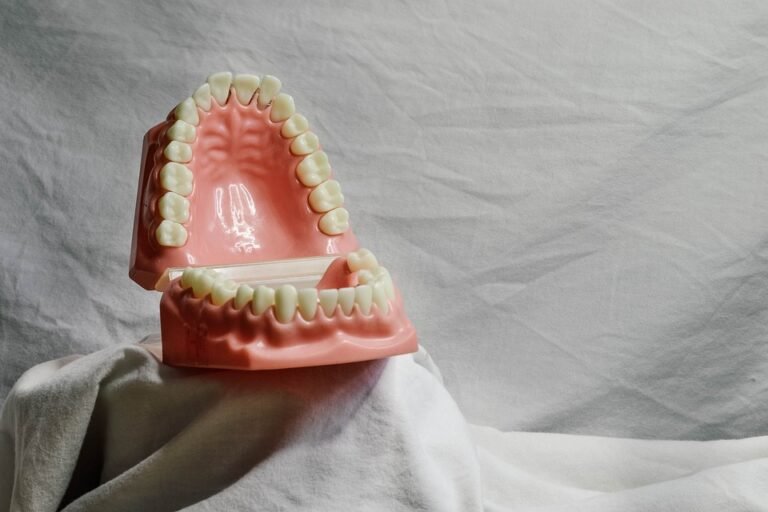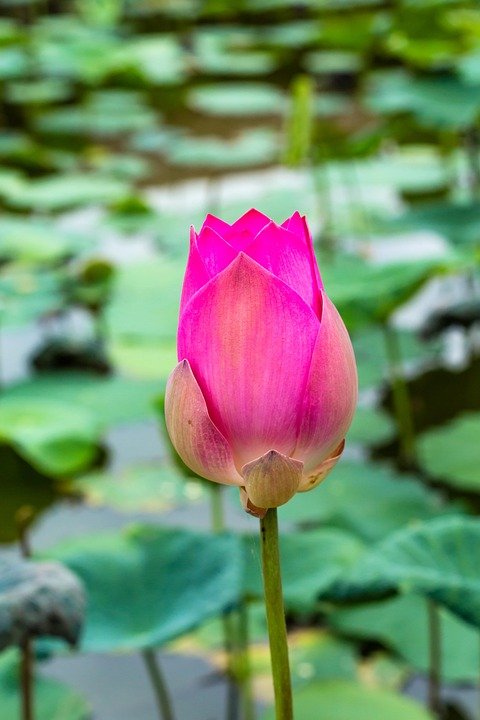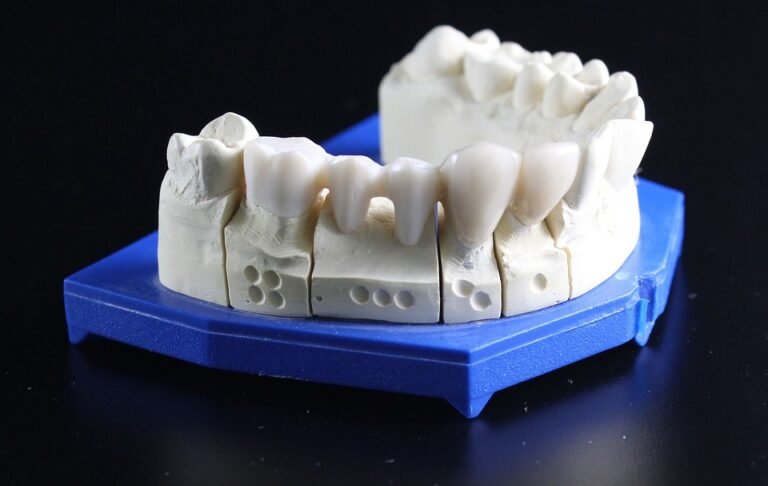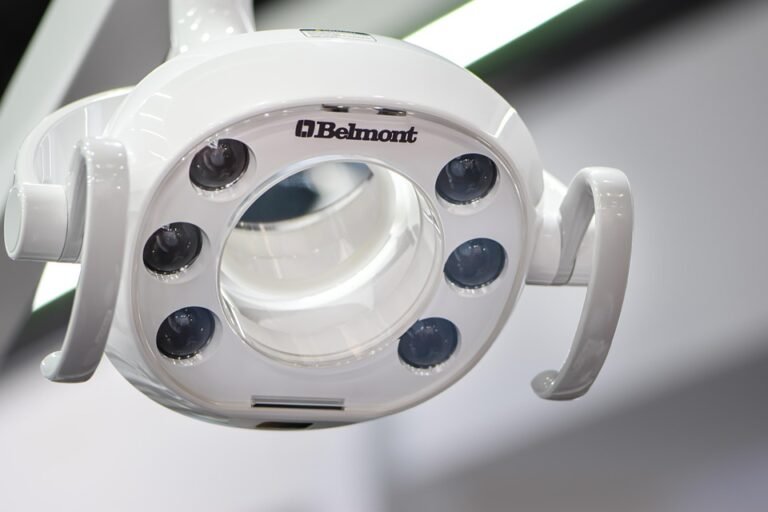What is the typical cost of a good dental photography lens
I’m trying to upgrade my dental practice’s equipment and one area I’m focusing on is our intraoral and extraoral photography. Right now we’re using a pretty basic setup, mostly just a decent digital camera with a standard lens. The images are okay, but not great. I want to be able to take high-quality, detailed photos for treatment planning, documentation, and even some marketing materials for the practice website.
Specifically, I need a lens that’s going to give me excellent clarity, depth of field, and true-to-life color representation. Macro capabilities are obviously a must. I’ve been doing some preliminary research and the price range seems to be all over the place! I’m seeing everything from a few hundred dollars to several thousand.
So, what’s a reasonable expectation for the cost of a good dental photography lens? I don’t need the absolute top-of-the-line, money-is-no-object option, but I also don’t want to cheap out and end up with something that doesn’t perform well. I’d really appreciate it if you could provide a typical price range for a lens that will meet the specific demands of dental photography, along with any recommendations or things to consider within that budget. I mainly shoot with Nikon, but I’m willing to consider other brands if the lens is significantly better.
Answer
The cost of a "good" dental photography lens can vary significantly depending on several factors, including the sensor size of the camera it’s designed for (full-frame vs. crop sensor), its optical quality, features like image stabilization, macro capabilities, brand reputation, and whether it’s a prime lens or a zoom lens.
General Price Ranges:
-
Entry-Level/Budget Options: $300 – $600. These are typically macro lenses (capable of 1:1 magnification, meaning the image on the sensor is the same size as the object being photographed) from third-party manufacturers or older models from established brands. They can provide decent image quality for basic dental photography, but might lack advanced features or superior sharpness.
-
Mid-Range/Good Quality: $600 – $1,200. This is where you’ll find many excellent lenses suitable for serious dental photography. These lenses often offer better build quality, improved sharpness, faster autofocus, and sometimes image stabilization. They represent a good balance between performance and cost.
- High-End/Professional Grade: $1,200 – $3,000+. These lenses are designed for professional photographers and offer exceptional optical performance, robust construction, fast and accurate autofocus, and advanced features. They often have wider maximum apertures for better low-light performance and shallower depth of field. They can be manufactured by well-known brands or be specific models that are best for dental photography.
Factors Influencing the Cost:
-
Macro Capability (Magnification Ratio): A true macro lens with a 1:1 magnification ratio is essential for dental photography to capture fine details of teeth and oral structures. Lenses with higher magnification ratios can be more expensive.
-
Optical Quality (Sharpness, Aberrations): High-quality lenses minimize distortions, chromatic aberrations (color fringing), and other optical flaws, resulting in sharper and more accurate images. Better optics generally come at a higher price.
-
Aperture: A wider maximum aperture (e.g., f/2.8 or f/2) allows more light to enter the lens, which is beneficial for shooting in low-light conditions (like inside the mouth) and for creating a shallower depth of field to isolate the subject. Lenses with wider apertures are typically more expensive.
-
Autofocus Performance: Fast, accurate, and silent autofocus is crucial for capturing sharp images, especially when photographing moving subjects or working in challenging lighting conditions. Lenses with advanced autofocus systems (e.g., ultrasonic motors) tend to be more costly.
-
Image Stabilization (IS/VR): Image stabilization helps to reduce camera shake, allowing for sharper images when shooting handheld, especially at slower shutter speeds. Lenses with built-in image stabilization are generally more expensive.
-
Build Quality and Materials: Lenses made with high-quality materials and robust construction are more durable and can withstand the rigors of professional use. This contributes to a higher price tag.
-
Brand Reputation: Established brands with a reputation for producing high-quality lenses often command higher prices.
- Focal Length: A typical focal length recommended for dental photography is between 85mm to 105mm. However, it can be difficult to find macro lenses in this focal length range, so other focal lengths may be preferred.
Examples of Lenses and Their Approximate Price Ranges (as of late 2023/early 2024):
- Canon EF 100mm f/2.8L Macro IS USM: $800 – $1,000 (Mid-Range)
- Nikon AF-S VR Micro-Nikkor 105mm f/2.8G IF-ED: $700 – $900 (Mid-Range)
- Sony FE 90mm f/2.8 Macro G OSS: $1,000 – $1,200 (Mid-Range to High-End)
- Sigma 105mm f/2.8 DG DN Macro Art (for Sony E-mount, L-mount): $700 – $900 (Mid-Range)
- Laowa 100mm f/2.8 2x Ultra Macro APO: $400 – $500 (Entry-Level to Mid-Range)
Important Considerations:
- Camera System Compatibility: Ensure that the lens is compatible with your camera’s mount (e.g., Canon EF, Nikon F, Sony E, etc.).
- Used Lenses: Consider purchasing a used lens in good condition to save money. Reputable camera stores often offer used lenses with warranties.
- Rental: Renting a lens before purchasing it can be a good way to test its performance and determine if it meets your needs.
In summary, a "good" dental photography lens typically falls in the $600 – $1,200 range, offering a balance of image quality, features, and cost. The specific lens you choose will depend on your budget, camera system, and specific requirements.




